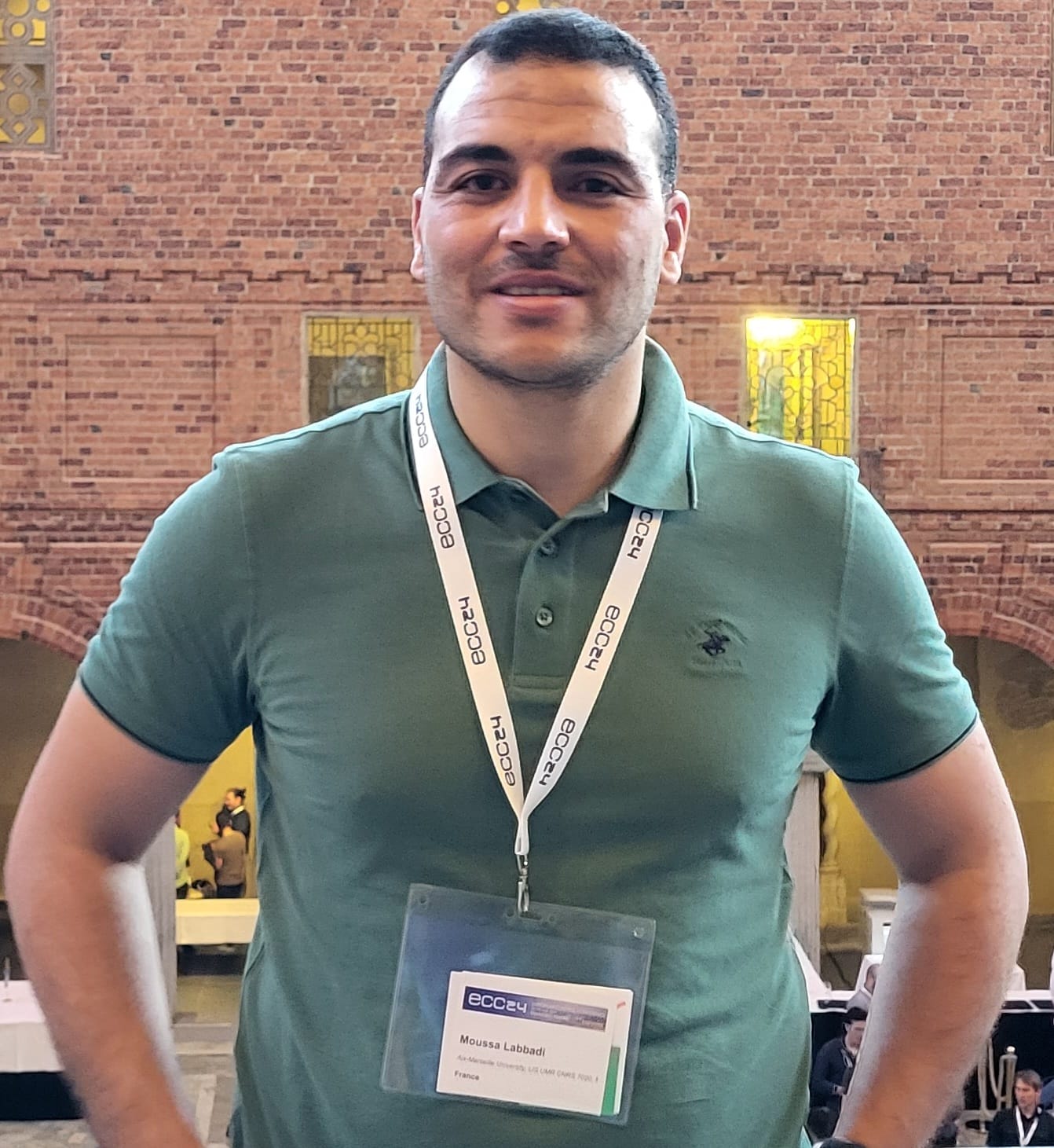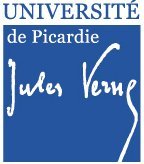Plenary sessions
The technical challenges of developing a new renewable energy
| by Fernando Tadeo ,
(Click To read the biography) Institute of Sustainable Processes, University of Valladolid, Valladolid (Spain), |

|
New renewable energy sources are needed that do not present the problems of current renewables (uncontrollability, land use, etc.). One of these possible sources is osmotic energy, which extracts energy from the mixture of two streams with different salt concentrations (such as river water and sea water). Some barriers to scaling up osmotic energy will be discussed, to serve as a source of ideas for research: research and development efforts are crucial to optimize its efficiency, and overcome technical challenges, positioning osmotic energy as a competitive contributor to the global energy mix.
Virtual Aggregation of Distributed Energy Resources by Cascaded Model Reference Adaptive Control
| by Prof. Dr.-Ing. Horst Schulte ,
(Click To read the biography) University of Applied Sciences Berlin (HTW), Germany, |

|
Decentralized, inverter-based resources (IBR) like wind, solar photovoltaic, and battery energy storage systems must soon provide ancillary services for stable grid operation. However, the distributed systems must be appropriately aggregated and coordinated in the grid to be effective. It must be taken into account that with dynamic demands on the service, such as the instantaneous reserve, the coordination by real-time communication must be kept as minimal as possible. In addition to the communication restrictions, the different dynamics of the IBR must be considered. Ideally, the resources complement each other, whereby the necessary BESS capacity should also be kept as small as possible. A cascaded model reference adaptive control concept is proposed to meet both requirements. Cascading refers to the virtually aggregated participants' superordinate level and the lower physical power plant level. The grid operator specifies a reference model that aggregates the requirements of all power plants. For the lower cascade, the overall reference model is divided into partial reference models using weight functions as participation factors. The partial reference models serve as design models for the lower-level model reference control approach, where adaptation results from the necessary dynamic adjustment of participation based on the available resources. The reference models and associated controllers are calculated offline to keep the online design effort and communication as low as possible. The previously computed controllers must be adapted via a controlled adaptation at runtime. These controllers are designed in the Takagi-Sugeno/LPV framework using LMI constraints and are calculated by interior-point methods.
Methods and Algorithms for the Control of Drones
| by Dr. Moussa Labbadi ,
(Click To read the biography) LIS, Marseille, France, |

|
Quadrotor drones are widely utilized in military and civilian applications due to their cost-effectiveness and mechanical simplicity. However, their flight dynamics are highly nonlinear, coupled, and vulnerable to external perturbations, which complicates control design. This talk discusses recent advances in nonlinear control that address these challenges. We focus on finite-time and fixed-time stable controllers, often designed using the principle of terminal sliding mode control. This approach guarantees superior performance, including faster convergence, exact timing, and inherent robustness to disturbances—properties that linear feedback laws cannot offer. Furthermore, we explore the synergy of these methods with fractional-order dynamics for enhanced tuning and performance. The theoretical results are supported by numerical simulations demonstrating robust stabilization in the presence of uncertainties.
What AI can do for control and what control can do for AI
| by Prof. Adnane Saoud ,
(Click To read the biography) University Mohammed VI Polytechnic (UM6P), Benguerir, Morocco, |

|
In recent years, learning-based methods have demonstrated significant success in controlling complex systems. These techniques involve using learning-based tools to either derive mathematical models of a system for synthesizing controllers or directly learn the controller itself. However, applying learning-based methods in safety-critical systems poses challenges, as these components are often regarded as black-box systems without formal guarantees. In this presentation, I will explore the synergy between machine learning and control theory by addressing two key areas: firstly, how learning enhances symbolic control methods. Secondly, I will explore strategies for overcoming optimality and safety constraints in reinforcement learning algorithms through the application of control techniques.







